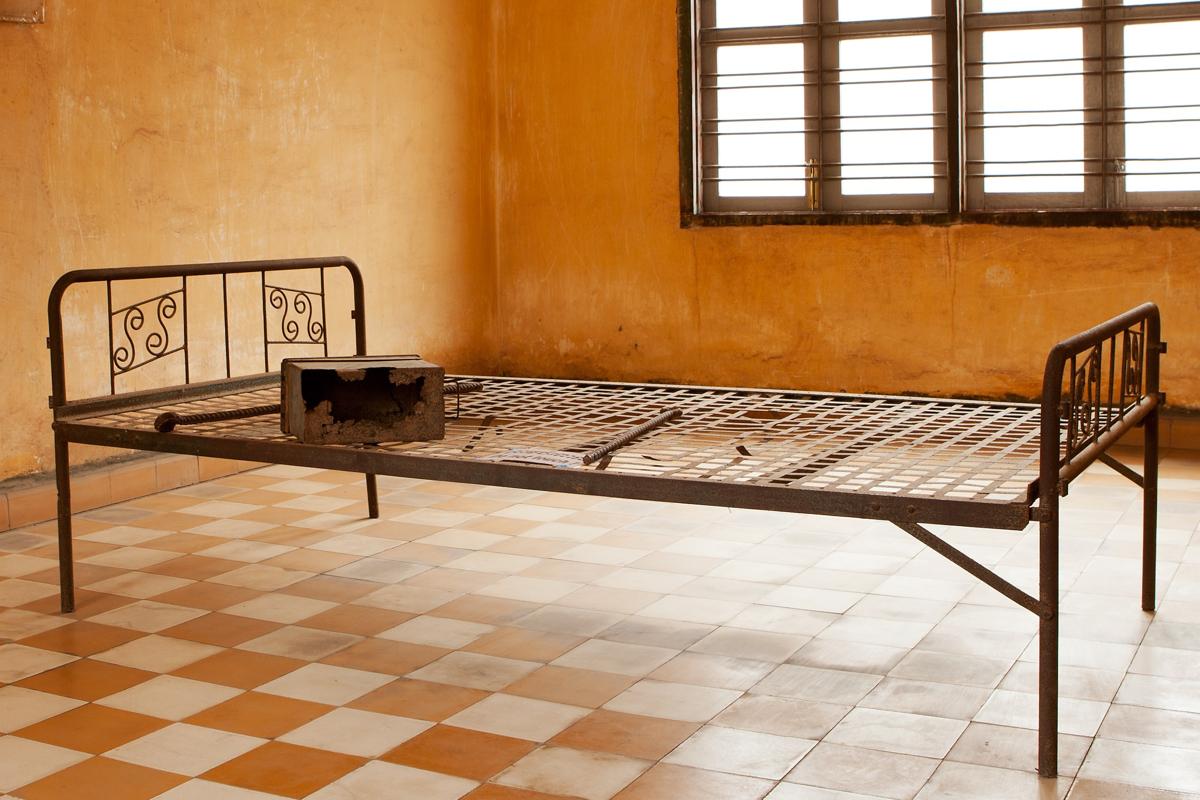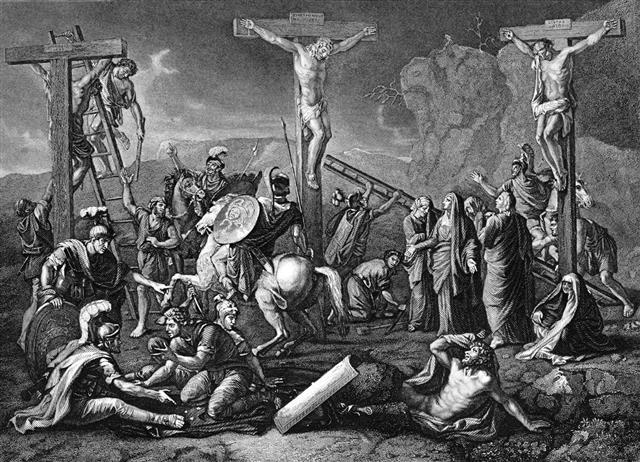
Torture had traditionally been the way of generating subservience among the people by the government and religious officials, in the medieval ages. Read on to know more about the horrors unleashed on the prisoners, in the medieval torture chambers, which were built to torture alleged criminals and heretics.
“The oldest and strongest emotion of mankind is fear.” – H.P. Lovecraft
For all those people with the romantic notions of the medieval period, with its brave knights and fairytale princesses, a trip to one of the medieval torture chambers would surely shatter all their dreamlike myths. The medieval period was a violent, bloodthirsty era in history, where the government and the religious officials used sadistic torture to punish suspected criminals and induce confessions. This cruel and wanton infliction of physical or mental suffering, was done in the name of crime and its deserved punishment, or as a means of intimidation, deterrence and revenge for a wrongdoing.
Since the law would conveniently turn a blind eye to these practices, rigorous methods of torture were used in the legal inquiries and trials, during the Middle Ages. This rampant misuse of freedom, led to the introduction of gory torture chambers, where some of the most grotesque medieval torture devices were used to punish people in some of the most unbelievable ways. As a matter of fact, most medieval kings were famous for their gory torture chambers and the unique methods of torture that were introduced by them!
Torture Chambers in Medieval Ages
These chambers were usually located in the lower parts of the castles, where the only entrances were the long winding stairs (You cannot miss them, even in today’s ruins. They seem to have become a staple in many horror movies as well!). These winding passages served the function of muffling the agonizing cries of the torture victims from the normal inhabitants of the castle. Most of them were miserably small, dingy and vermin infested, and had a large number of people being incarcerated at the same time.
The torture was meted out based on the crime committed and by whom. It was obviously fashionable to fill these chambers with some terrible tools and machines. Some of the worst kinds of medieval torture devices and methods used in these torture chambers were as follows:
The Rack
Made famous during the Spanish inquisition, the rack was a popular method of extricating confessions. While the victim was tied across a board by their ankles and wrists, rollers at either end of the board were turned by pulling the body in opposite directions until a dislocation of every joint occurred.
Head crushers
Well, the name says it all, the head crushers used screws with a sharp point at the tip, which would drive into the skull, anchoring it in place, for the pressure to be applied on the skull plate. I am guessing that the accused would have been so frantic by the extreme panic of having their head crushed, that they would have confessed to anything.
The Branks
This is one device which would have the feminists, jump up fighting, with arms and ammunition. Typically fashioned as a cage, the branks were locked onto the head of housewives, aided by a metal protrusion that fit into the mouth, to prevent them from speaking. The tongue-piece was usually enhanced with spikes or a rowel (small spiked wheel).
The Cat’s Paw
Fashioned like a cat’s paws, these devices had long and sharp claws, which were used to brutally rip the victim’s flesh to shreds. I will stop now, before I visualize any more of this brutality, in my imaginative mind.
Other devices included, the famous or rather infamous iron maiden, the garotte, the spiked chair and the stocks. The punishment ranged from disfigurement, dislocation, whipping, flaying, branding, limb removal, starvation, drowning, burning and so on. The list being limited only by the lack of imagination of the torturers. When the torture did not end in death, it left lasting injuries, leaving the victim maimed for life.
These methods of torturing reached their peak in the 12th century, with torture being used in capital cases as well as against suspected heretics. During the mid-14th century till almost the end of the 18th century, it became a common and sanctioned part of the legal proceedings of most European countries. It was only in 1640, that the practice of using medieval torture chambers was abolished in England, leaving behind a vicious and gory history, which still has people breaking out into cold sweat.



